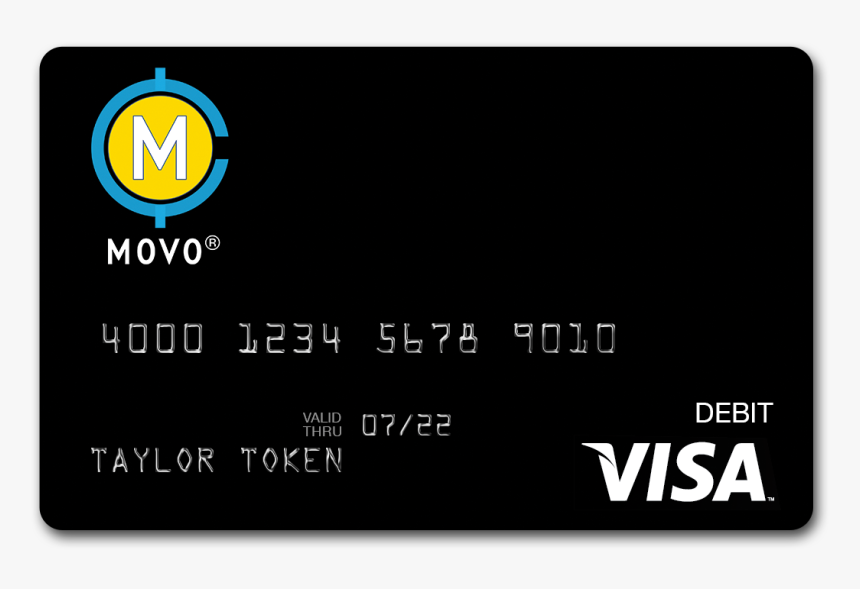From Leasing to Financing: The Ultimate Guide to Choosing the Right Car Ownership Option for You
Choosing between leasing and financing a car can be challenging, especially when balancing affordability, long-term financial goals, and personal preferences. Each option has its pros and cons, and finding the right fit depends largely on your priorities and financial situation. Whether you’re in your 20s buying your first car or in your 50s seeking an upgrade, understanding the key differences between leasing and financing can make the decision process smoother.
Here’s a clear and actionable guide to help you navigate leasing vs. financing and make an informed decision tailored to your goals.

Understanding Leasing
In essence, leasing means renting an automobile for a predetermined amount of time, often two to four years. Although you don't own the car, you do pay a monthly charge to use it. You have three options when the lease expires: return the vehicle, purchase it at a certain price, or begin a new lease.
Pros of Leasing
- Lower Monthly Payments: Lease payments tend to be lower than loan payments since you’re paying for the car’s depreciation during the lease term, not its full value.
- Driving Newer Cars: Leasing lets you regularly upgrade to new models with the latest technology and safety features.
- Minimal Repair Costs: Leased cars are under warranty, meaning most repairs (if any) are covered by the dealership.
Cons of Leasing
- No Ownership Equity: You don’t own the car, so your payments don’t contribute to building an asset.
- Mileage Restrictions: Leases often come with mileage limits (e.g., 10,000–15,000 miles per year). Exceeding these limits results in additional fees.
- Extra Costs: Lease agreements charge fees for excessive wear-and-tear or early termination.
Who Should Lease?
Leasing is ideal if you like driving a new car every few years, have a predictable driving routine (low annual mileage), and prefer lower monthly payments. However, it’s less appealing if long-term ownership or higher mileage is important to you.
Understanding Financing
Financing is the process of obtaining a loan to purchase an automobile. You become the sole owner of the vehicle when the loan has been paid off. Depending on the conditions and your monthly spending plan, loans usually last three to seven years.

Pros of Financing
- Ownership: Once the loan is paid off, the car is yours to keep. It becomes an asset that holds resale value.
- Unlimited Use: There are no mileage restrictions or fees for wear-and-tear. Use the car however you like.
- Long-Term Savings: Though monthly payments may be higher, you don’t have to continue making payments after the loan is paid off, unlike continual lease payments.
Cons of Financing
- Higher Monthly Costs: Loan payments are often higher than lease payments since you’re paying off the car’s full value, plus interest.
- Risk of Depreciation: Automobiles lose value over time. It's possible that the value of your automobile will be less than the loan sum if you sell or trade it in.
- Maintenance Costs: After the warranty expires, you’re responsible for all repairs and maintenance, which can add up.
Who Should Finance?
Financing is best for those who plan to keep their car for several years, drive long distances, or prefer building equity in their vehicle. It’s a better option if you want the freedom to modify your car or avoid ongoing payments long-term.
Key Questions to Ask Yourself
To determine which option suits you best, ask yourself the following:
- How Much Do I Spend Each Month? Leasing can be a better option if you want less monthly payments.
- How long do I intend to own the vehicle? Think about leasing if you enjoy updating every few years. Financing is the best option if long-term value is your goal.
- How Much Do I Drive? High-mileage drivers may face expensive lease penalties, making financing a better fit.
- Am I Okay with Depreciation? Leasing avoids depreciation risk since you don’t own the vehicle, but financing means you absorb that cost.
Comparing Costs: Lease vs. Finance
Leasing may cost less in the short term because monthly payments are lower, but financing can save you more in the long term since you eventually own the vehicle. To compare costs:
- Add lease fees, extra mileage charges, and potential penalties for leases.
- For financing, calculate loan payments and interest, as well as long-term maintenance after the warranty expires.

Final Thoughts
Ultimately, your unique demands and financial objectives will determine which option—leasing or financing—is best for you. While financing gives the long-term advantages of ownership and equity, leasing offers reduced monthly payments and the flexibility of a new automobile every few years. Take into account your spending limit, driving style, and anticipated length of ownership. Examine each option's overall costs, taking into account any possible fees and ongoing expenditures. Making an educated choice will guarantee that you select the vehicle ownership option that best fits your way of life.
(Writer:Lany)





